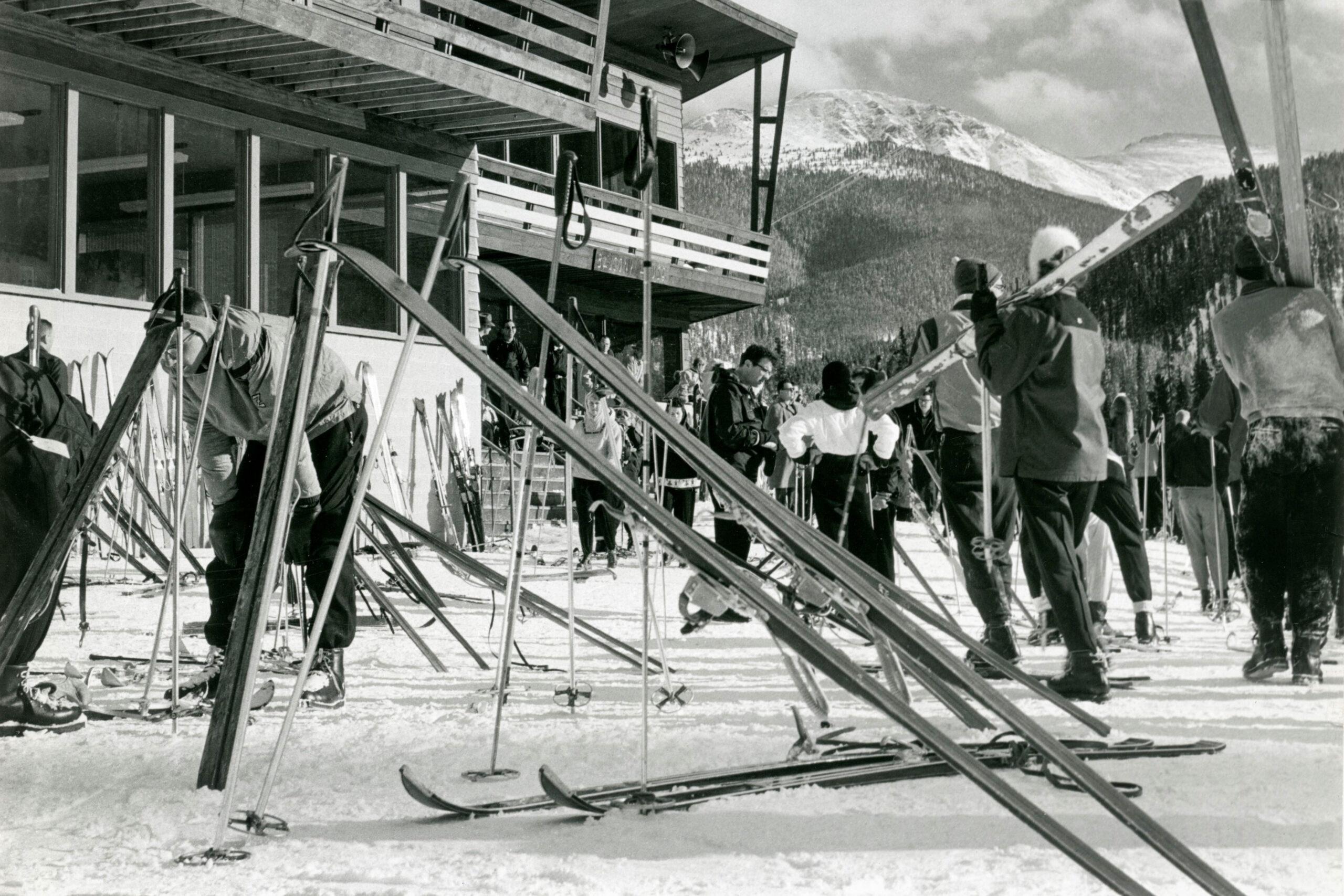
In the 23 years that Kim Grant has worked to preserve history in Colorado, he’s seen the idea of preservation, and what to save, change.
Preservation used to focus on “the great fabulous landmarks of the rich and famous” but there's a new evolving philosophy on that ordinary places, landscapes and buildings have stories to tell as well, “particularly if they're part of broader social movements,” Grant said.
“It’s also important to tell (the stories) from a diverse perspective, to make sure that all the people who built Colorado are represented.”
As the director of Colorado's Most Endangered Places program, a part of Colorado Preservation, Inc., Grant believes the nature of threats to historic properties has changed in parallel to the growth of population and development in Colorado. He points to rural areas that have gone through decline, which creates its own pressure on historic resources, while the Front Range and other places like tourist communities have experienced explosive growth, which also creates a threat to historic properties.
“We know we can’t save them all, so we try to save a representative sample that helps tell the broader story,” he said.
Three new places have been added to the list of what’s considered endangered this year. Among them, a place, that’s not actually a place.
Rather, it’s a group of bridges across the state, dating back to 1888.
Colorado’s Endangered Bridges
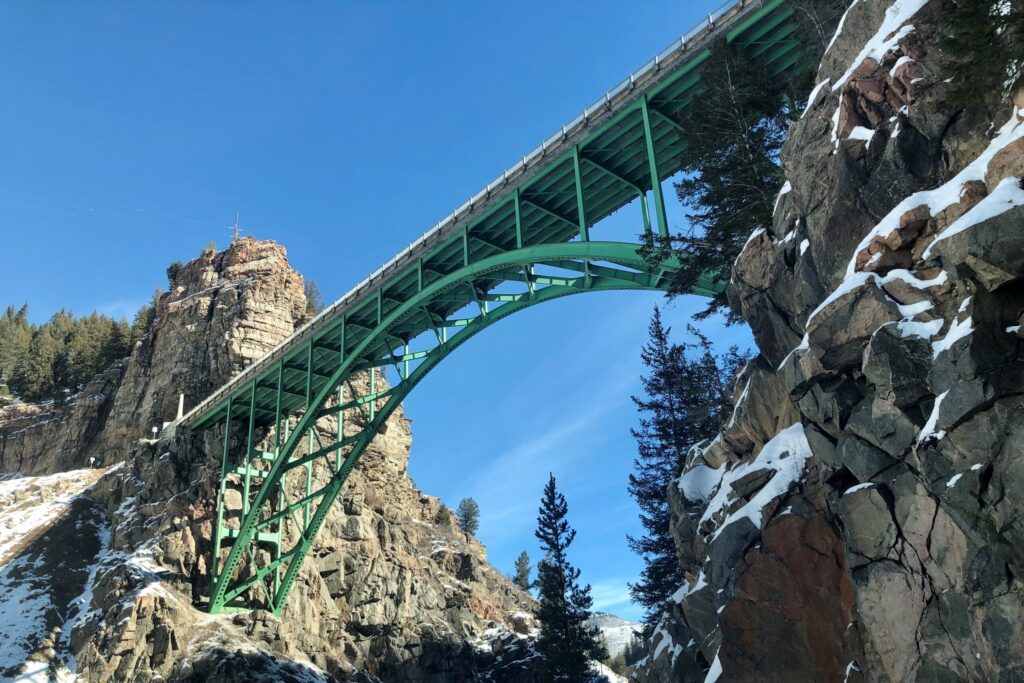
“Colorado has a really unique geophysical environment with mountains and streams and rivers and plains, and by necessity, we have a lot of bridges (that) reflect the time and era in which they were built,” Grant said.
Forty-six of the bridges are eligible for the national or state register of historic places, and while that’s not a requirement to be considered worth saving, it can help. His group plans to work with the Colorado Department of Transportation to save as many as 20 of the bridges.
“Other states have a pretty strong bridge preservation ethic, but that really hasn't taken root in Colorado, and we hope to do that and also build support from local communities to save some of these really iconic bridges.”
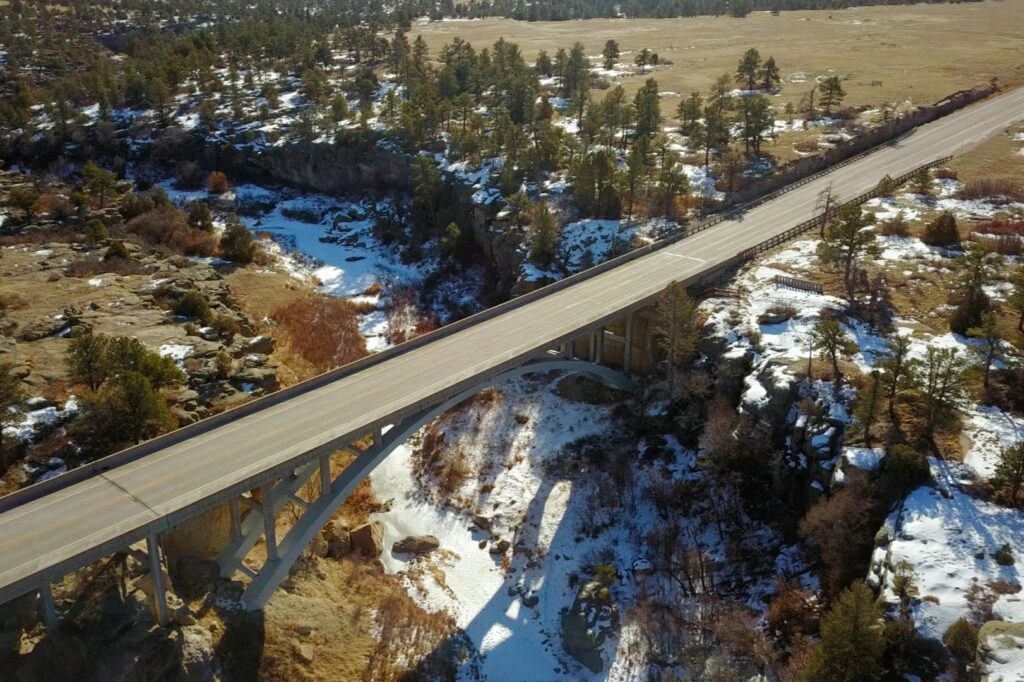
Community support is essential when it comes to preserving endangered places.
“It’s hard to save a site if the property owner doesn't want to see it saved, or if the community doesn't care about it, if it's not important to them,” Grant said. “And also when you're building public support, people have powerful connections to these places and their personal testimony and their stories are often really compelling to other people involved.”
Lafayette Head Home and Ute Indian Agency
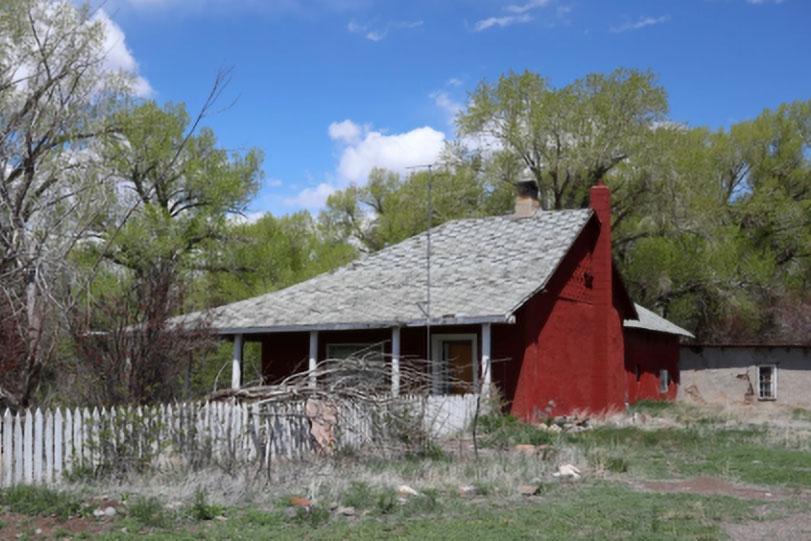
New to the endangered places list alongside bridges, is the home of Lafayette Head and Ute Indian Agency, which was built in 1855, predating Colorado’s statehood.
Head was one of the first settlers in the San Luis Valley and founded the town of Guadalupe, which later became Conejos.
“This was an incredible melding of cultures who often had a very uneasy coexistence,” Grant said.
There were European trappers, traders and settlers, longtime Spanish residents, and Indigenous Ute and Jicarilla Apache tribes. Head tried to balance the interests of everyone in the area. He went with the tribes to Washington, D.C. to negotiate treaties and also helped end Indigenous slavery in Colorado, but is not historically well-known.
“He doesn’t really show up as one of the top three or four people in Colorado that you hear about in association with statehood, but really Colorado's history began down in this area,” he said.
Winter Park Balcony House
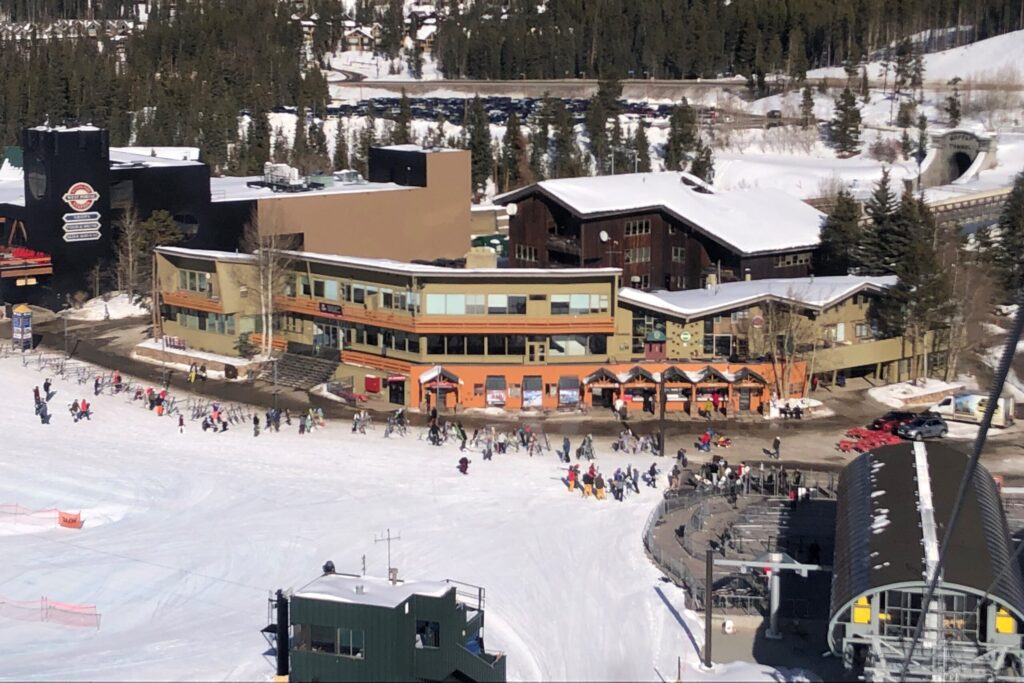
The third addition to Colorado's Most Endangered Places list is Winter Park's Balcony House which was built in 1955.
“It’s a mid-century modern resource and some folks just don't appreciate mid-century modern architecture as much. And there are pressures for redevelopment because it sits right at the base of the ski resort,” Grant noted.
He said it was the first passive solar building and just might be the only mid-century modern structure still in existence at a Colorado ski resort.
“We think a win-win solution can be found to rehabilitate it and adaptively reuse it and also use the area behind it to build five or six stories of additional resort amenities like condominiums and visitor services that they need to stay competitive.”
Two Places That Have Been Saved
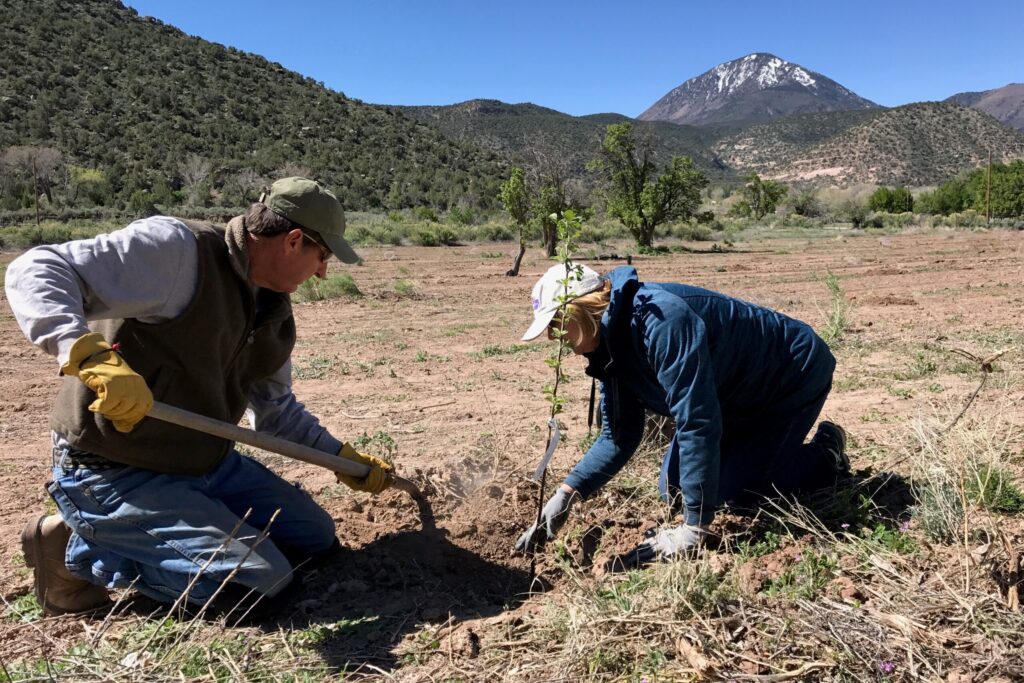
While three places have been added to the list, bringing the state’s most endangered places to 130, two have been removed.
One is the Gold Medal Orchard in Montezuma County which was first planted in 1890.
“An orchard is an example of a cultural landscape, and this was significant because it won four gold medals at the St. Louis World's Fair in 1904,” said Grant.
At one time there were hundreds of small orchards in Colorado, but they disappeared and the industry consolidated in other states like Washington. The Montezuma Orchard Restoration Project was able to plant cuttings of rare apple varieties originally grown in the orchard and it now is home to 400 trees.
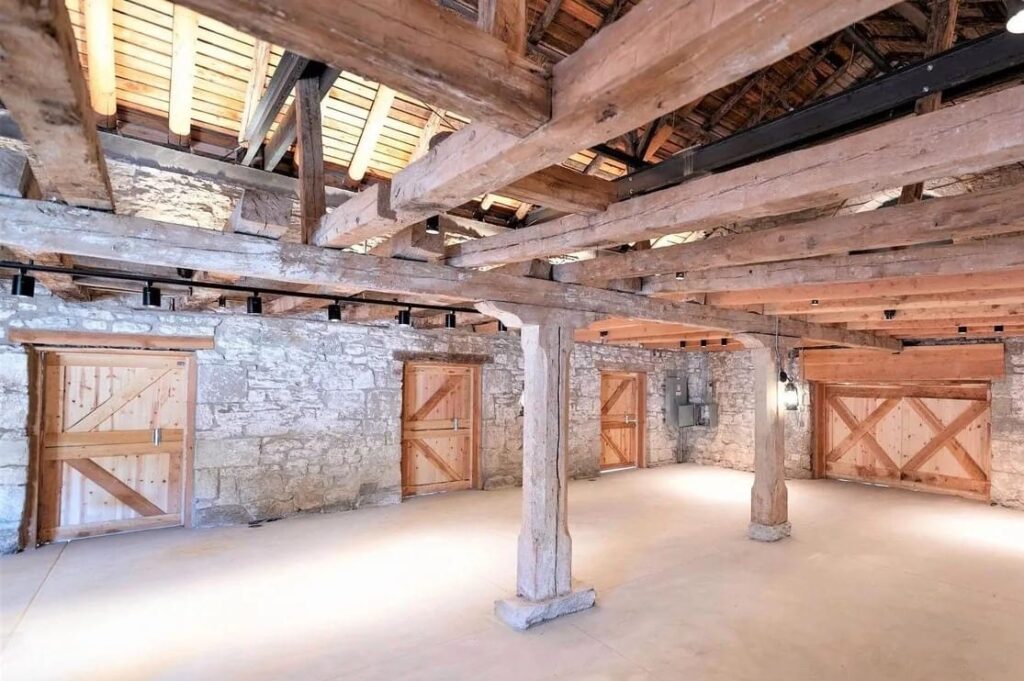
The other place that’s been saved is the Goodnight Barn, built in 1870 along the Arkansas River west of Pueblo. Charles Goodnight was a Texas pioneer who established one of the oldest and largest cattle ranches in Colorado. The barn was built of stone from a nearby quarry.
“His ranch hands did this work. It’s a very large and spectacular barn. It's probably one of the most significant agricultural resources in terms of its architecture,” said Grant.
At one point Texas Tech University wanted to disassemble the barn and move it to their campus. That’s when the city of Pueblo got involved and bought the barn.
“That was clear back in 2002 or so, so sometimes it takes a long time to pull together the resources to save these sites, but the Goodnight Barn Preservation Committee has done a terrific job of plugging away at this project and finding partners and getting great contractors to work on it. And it's beautifully restored now,” Grant said.
What Makes A Place Endangered?
Historic sites are threatened by a lot of different things, ranging from development on the Front Range to abandonment and neglect, to economic decline in rural areas and weatherization like the freeze-thaw cycle in the mountains.
In the course of 24 years, Colorado Preservation, Inc. has saved 52 structures. It’s lost only seven. Another 47 are in the process of being preserved.
“We have to weigh the relative significance of the sites and we also consider the geographic distribution of them because we like to have a broad representation of sites and resources,” Grant said. “We also consider things like the diversity of sites and the different stories behind them about different ethnic groups and events in Colorado.”
Grant said the projects resonate on a very personal level.
“We've been working recently on the Foxton Post Office (built in 1909 in Jefferson County) and a woman pulled up and jumped out of her truck and said her mother was the postmistress. And she just broke into tears when she came inside the place, because she remembers as a little girl, what it was like, you know, coming to work with her mom every day,” he said. “And another example is the historic synagogue that we're working on in Trinidad, Temple Aaron. Since that project got started, we've heard from a number of people that are directly related to the original builders of that magnificent building back in the 1880s.”









